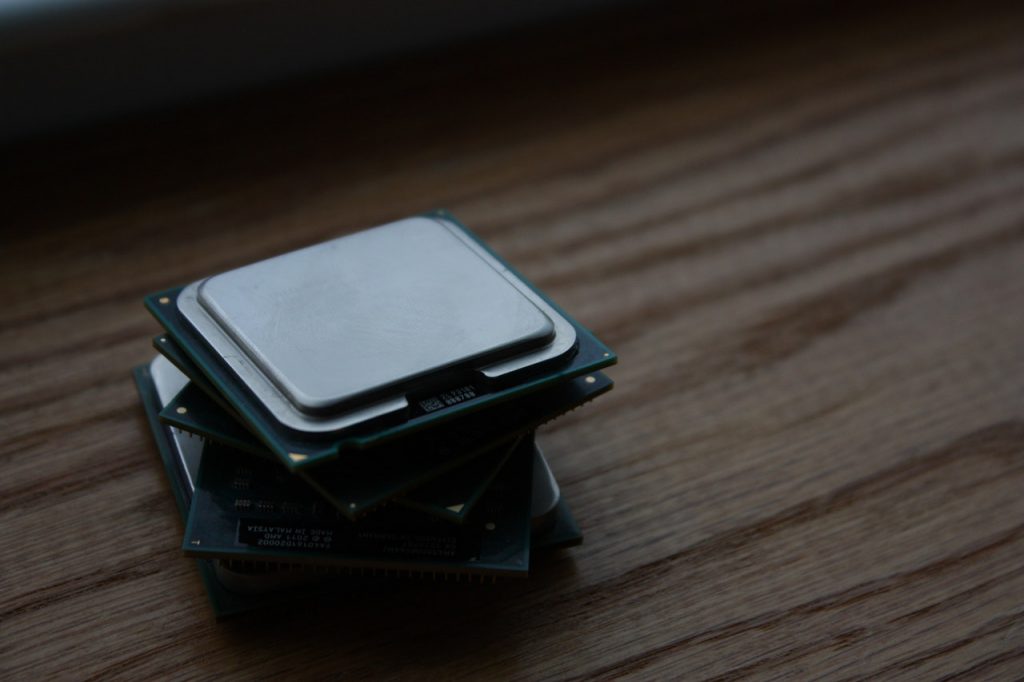 An unsecured network is any network that doesn’t ask you to enter a password. These “open” networks also involve unencrypted connections, leaving users at significant risk. These hotspots are an easy target for folks attempting to steal credit card information, logins and passwords, private pictures and messages, or anything else they want.
An unsecured network is any network that doesn’t ask you to enter a password. These “open” networks also involve unencrypted connections, leaving users at significant risk. These hotspots are an easy target for folks attempting to steal credit card information, logins and passwords, private pictures and messages, or anything else they want.
Here are three ways hackers can achieve this:
Malware:
Unsecured Wi-Fi networks may be used to inject malware to devices on the network. Malware is dangerous, as it may give the attacker full access of your device. This means they can activate your mic or webcam whenever you are connected to the internet- even if you’re at home. Not to mention, they would be able to escalate their digital privilege to view all your passwords and private files on the computer as well.
Man-in-the-Middle Attacks:
A man-in-the-middle attack is when a hacker manipulates the data sent between you and a server. By intercepting the data, anything that you send to a server (password, logins, pictures) can also be seen by the hacker. On the flip side, any data a server sends to you can also be intercepted and replaced. Meaning if you wanted to download a file, the hacker could intercept this file and replace it with a virus.
Rogue Hotspots (Fake Networks):
These are hotspots that are set up by hackers, using a name close to that of the real, legitimate Wi-Fi hotspot. These hotspots are made to trick users into thinking they’re currently using a network in a coffee shop. Because you’ve directly connected to the hacker’s computer, you become vulnerable to hacking/snooping conducted by the owner of the network.






